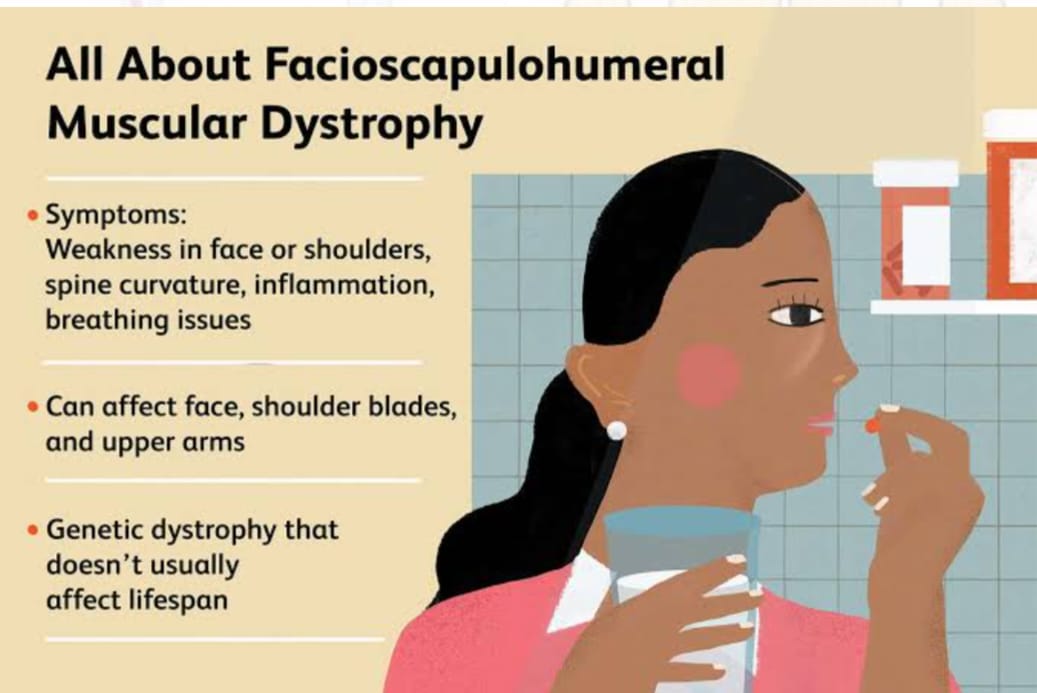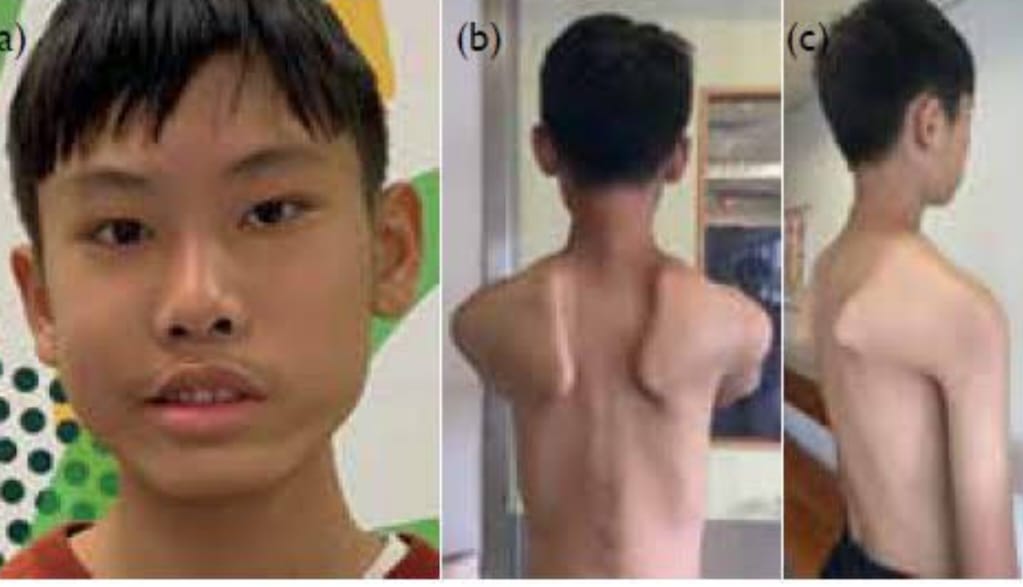Facioscapulohumeral Muscular Dystroph
Facioscapulohumeral muscular dystrophy (FSHD) initially affects muscles of the face, shoulders, and upper arms with progressive weakness. Symptoms usually develop in the teenage years. Some affected individuals become severely disabled. The pattern of inheritance is autosomal dominant, but the underlying genetic defect is poorly understood. Most cases are associated with a deletion near the end of chromosome 4.
Principal symptoms include:
* Progressive Muscular weakness
* Poor Balance
* Frequent Falls
* Walking Difficulty
* Waddling Gait
* Calf Pain
* Limited Range of Movement
* Muscle Contractual
* Respiratory Difficulty
* Drooping Eyelids
* Scoliosis (curvature of the spine)
* Inability to walk
Tests:-
Creatine kinase (CPK) levels may be elevated.
An electromyography (EMG) shows that weakness is caused by destruction of muscle tissue rather than by damage to nerves. Genetic testing
A muscle biopsy (immunohistochemistry or immunoblotting) or Genetic test (blood test) confirms the diagnosis.
Treatment:-
Homoeopathic medicine is showing promising vectors that may replace damaged muscle tissue. Treatment is generally aimed at controlling the onset of symptoms to maximize the quality of life, prevent further detoriation leading to gradual improvement in health status of patients.
One can notice symptomatic improvement within 3-4 months of treatment. duration of treatment varies with the severity of disease. We have over 6000 patients of all types of muscular dystrophy from all over the world. We have documented up to 80% improvement in our patients.



